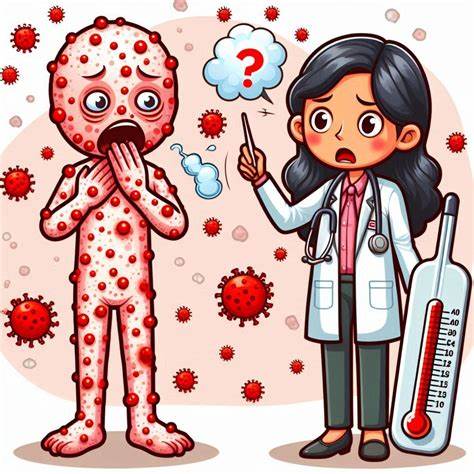Mpox

Mpox (monkeypox) is a viral disease caused by the monkeypox virus, a species of the genus Orthopoxvirus. The Mpox occurrence and symptoms:
Any new national sexual and reproductive health strategy to include a well-defined priority action to sustain and improve training and development for both the current and future sexual and reproductive health workforces.
Securing a safe, well-trained, supply of staff is imperative to the delivery of good sexual and reproductive health services. The sexual and reproductive health workforce is varied and includes a broad range of medical and non-medical and non-specialist staff providing services from hospital, primary care, and community settings.
The demand for services continues to increase which is impacting staffing with elevated levels of sickness and staff being exhausted. In some cases, this has led to low morale and contributed to challenges with retention and recruitment. Pressures within the sexual and reproductive health sector have led to working in sexual and reproductive health less attractive to both new and existing staff. Current workforces are retiring and leaving. A diminishing pipeline of staff is making this situation particularly challenging, and services are reporting that it is difficult to recruit appropriate staff.
Retention and recruitment difficulties are exacerbated by diminished training opportunities: limited learning and development opportunities feed into the decreasing attractiveness of working in sexual and reproductive health.
Training across multi-disciplinary teams is vital but is falling through the gaps. It has been challenging for services to prioritise training to build capacity and develop the clinical and wider workforce due to budget cuts and the service being overstretched.
Ensuring that Community Sexual and Reproductive Health and Genito-Urinary Medicine speciality training posts are fully funded, directly supports, and improves leadership, training and governance of the sexual and reproductive health systems locally and nationally.
The workforce beyond the clinical teams extends widely. This includes education staff delivering relationships and sex education, social workers, outreach staff, substance misuse staff, health psychologists, counsellors, youth workers, community workers and therapists to name just a few. The skills and professionalism of this staff group enable quality primary prevention interventions, behavioural change interventions and ongoing engagement with individuals and communities. They can support areas of sexual and reproductive health such as working with sex workers, migrant health and engaging with the hardest-to-hear of all groups at risk of poor sexual health in our communities.
The Faculty of Sexual Reproductive Health (FSRH) workforce report 2023 highlighted key findings and recommendations outlining the critical factors evidencing the ‘staffing crisis’. These include:
There has been a significant drop in the number of GPs training to develop and maintain competency in LARC (Long-Acting Reversible Contraception) fittings. This has been attributed to reduced provision in primary care due to the impact of the pandemic and issues with training, commissioning, and funding.
Since the pandemic, there remain some areas with long waiting lists for women to have their long-acting reversible contraception (LARC) fitted or removed. Evidence shows that marginalised groups have been particularly affected with services reporting a specific drop in access amongst young people, Black women as well as women and girls from Asian and ethnic minority groups.
Comments